Explained: What’s really going on with EV sales in 2024. Yes, a record is looming … but only just
Australian EV sales are on track for a new record in 2024 but the organisations in charge of collating the figures are playing some games with the numbers.
November sales figures released by the Federal Chamber of Automotive Industries and the Electric Vehicle Council show there have been 82,960 EVs sold in the first 11 months of 2024, a modest 3.1 percent increase over 2023.
The EV Council is claiming more than 100,000 EVs have been sold so far.
UPDATE: 2024 EV sales in Australia: A deep dive into the market that saw Tesla drop, BYD grow
UPDATE: 2024 electric car sales figures: Australians bought a record number of EVs in 2024 (just)
READ MORE: 2024 EV sales: Tesla and BYD still on top
READ MORE: Green light for electric vehicles! Aussie CO2 standard tough on Toyota, SUVs and utes
READ MORE: Ultimate guide to buying an EV in Australia: Everything you need to know
It’s technically correct, but the EV Council figures include battery electric vehicle sales as well as sales of plug-in hybrid electric vehicles (PHEVs), the latter adding 20,543 sales to the tally.
While EVs are outselling PHEVs by four to one, sales of PHEVs have doubled in 2024.
As a percentage, then, it’s all rosy for plug-in hybrids, albeit coming off a low base.
But it’s regular hybrids doing the heavy lifting, up 47 percent in November and 79 percent year to date.
For every pure battery electric vehicle sold Aussies are buying 1.9 regular hybrids.
So yep, the hybrids are leading the electrification race, but EVs aren’t exactly shamed.
The FCAI isn’t exactly brimming with clarity in its announcements either.
Describing the November EV sales result as “disappointing” the FCAI failed to point out that its reported 54.1 percent drop in EV sales in November did not include top seller Tesla.
That’s a big omission. The EV specialist makes up 42 percent of all EV sales and was the 13th biggest selling brand in November, ahead of BMW, Mercedes-Benz, Lexus and Audi.
EV rival Polestar also isn’t accounted for because it also stopped reporting figures to the FCAI. Both pulled out because they weren’t happy with FCAI claims made around the upcoming New Vehicle Efficiency Standard).
Once those Tesla and Polestar figures are included, the drop in EV sales in November is actually 23.6 percent.
Still not great, but not as disastrous as the 29.1 per cent drop in 4×4 ute sales – or the 30.7 per cent drop in 4×2 utes.
In November alone Aussies bought 7003 fewer utes – and 2041 fewer EVs.
So, yep, the EV sales result is disappointing, but not as disappointing as the drop in ute sales.
Perhaps some of those ute buyers are waiting for an EV or plug-in hybrid, of which there are a few on the way.
The BYD Shark 6 can already be ordered and has thousands queuing to own one. The GWM Cannon Alpha Hi4T and the LDV eTerron 9 are due in 2025, while Ford’s Ranger PHEV is also expected around mid-2025.
Elsewhere in the market, sales of petrol-only passenger cars also dropped by 25.9 per cent, largely because the likes of the Toyota Camry and Corolla are now hybrid only (there are no pure petrol variants).
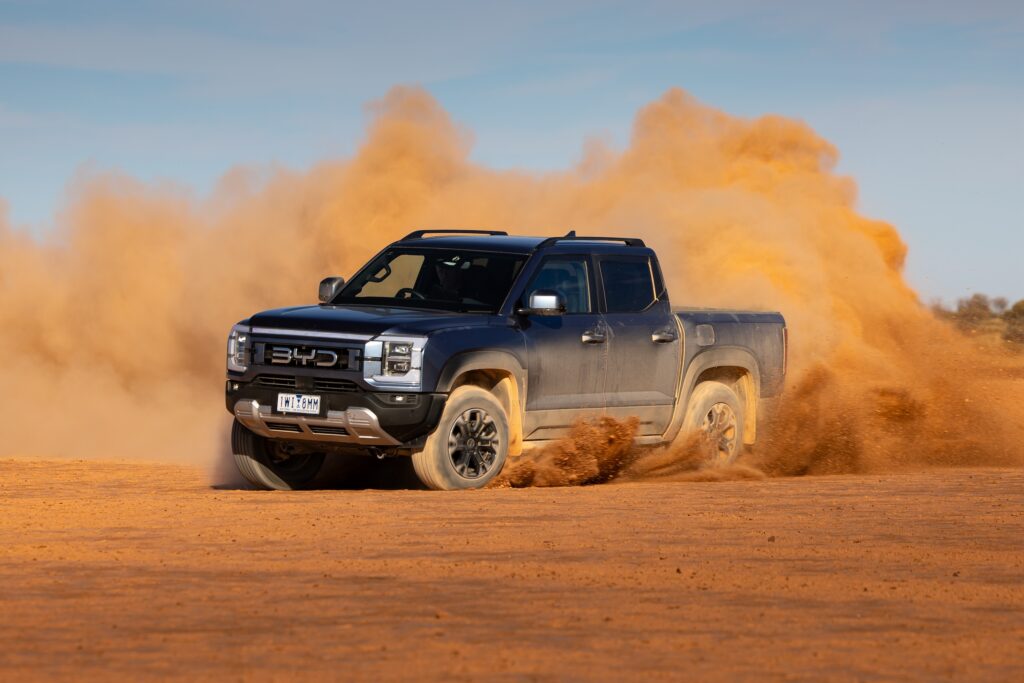
And sales of petrol cars generally dropped 14.4 percent in November and are down 11.1 percent for the year.
Focusing on the EV market there are some impressive performers.
While sales of EV passenger cars – sedans, hatches, wagons – dropped by 13.9 percent in November, they are performing strongly for the year.
In the first 11 months, Australians bought 35,234 electric passenger cars, which is 33.4 percent more than the same period last year.
The Tesla Model 3 is still a few hundred sales ahead of the Toyota Camry in the sales race. A strong December result would see the EV game changer repeat its 2023 feat of being the top-selling medium car in the country, once again trouncing some big names in the process.
And the third best-selling medium car? That’ll be the all-electric BYD Seal, which has outsold the Mercedes-Benz C-Class three-to-one and the Mazda6 by 374 percent.
In that medium passenger car market battery electric vehicles make up almost half of all sales due predominantly to the Model 3 and Seal (the BMW i4 and Polestar 2 have also helped swing the EV needle).
And since MG sharpened the price of its MG4 in October, sales have boomed.
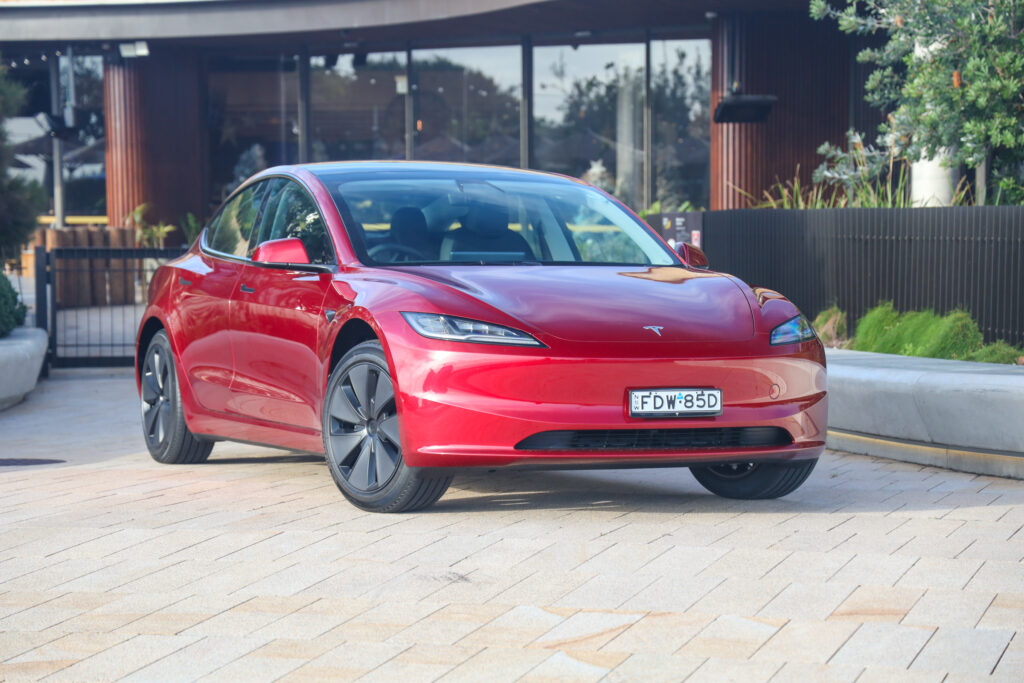
Out of 23 small cars on the market the MG4 is the fifth best seller so far this year with 6079 sales. It’s behind only the Toyota Corolla (22,526), Kia Cerato (14,807), Hyundai i30 (11,616) and Mazda3 (9618).
In October it was the second best-selling small car – and the top selling hatchback in Australia – and in November the fourth best seller.
And while sales of the Tesla Model Y have dropped 29.3 per cent this year its 19,392 year-to-date sales are way ahead of the nearest $60K-plus SUV rival, the Lexus NX, with 5619 sales.
Of about 50 mid-sized SUVs on the market the Model Y is the fifth best-seller, behind only the Toyota RAV4 (53,599), Mitsubishi Outlander (25,622), Mazda CX-5 (21,237) and Kia Sportage (19,997).
Short story is, yes, EV sales have been hit in the second half of the year.
But it’s not always as disastrous as some make out. Dig deeper into the sales figures and there are some decent results.
And when the product is right – much of it isn’t – buyers will come.

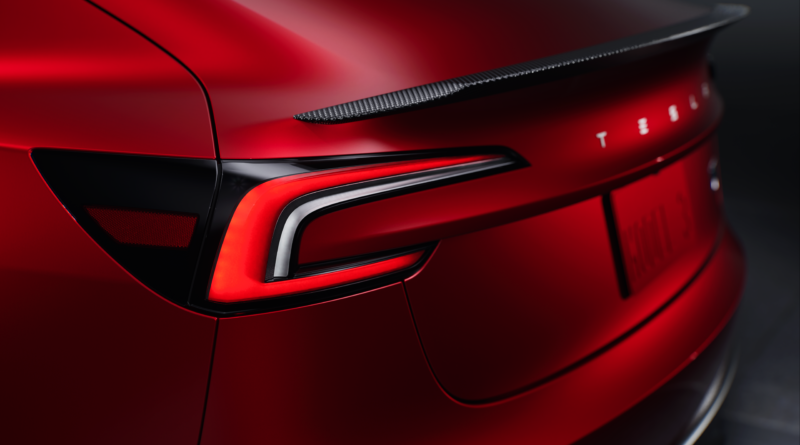
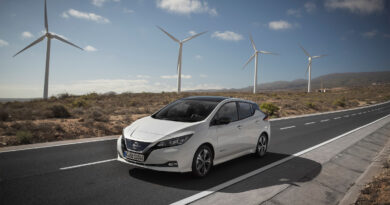
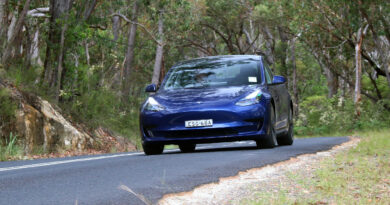
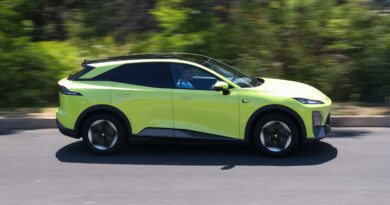
EV sales would be helped by ONE payment standard at public chargers, no mobile phone. and at least 20,000 new chargers being installed in 2025
1000s queuing to own one mmmm, seems very far fetched just like the cyber truck had a firm 100000 orders that never happened